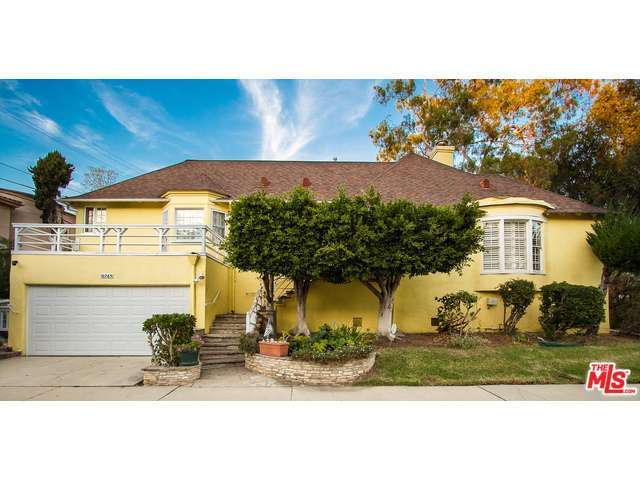It's funny what you remember sometimes. When I was a kid, I lived on in Los Angeles. At the time it was a fairly typical suburban neighborhood, if suburban was in the middle of a bigger city. My memories of the street and the house I lived in are very fond, I suppose all childhood ones should be. We had any number of interesting characters who lived on my street most interesting case was a blue house just up the street from me.
At the time, the house was no more a curiosity than any other house. It had a picket fence in the front, a few bushes, and almost ll the windows were usually draped or shuttered whenever mom and I walked past. I really didn't pay it any mind back then, even when my mother told me someone famous lived there. When I asked who it was, she told me his name was Ray Bradbury and that he was a famous writer. I didn't know who Ray Bradbury was of course. I was only four or five years old. I don't remember if my mom ever asked me if I wanted to meet him, if she did I likely shied away because I was very bashful. I have a feeling she left the man be.
Thinking of it now though, I wish I had met Ray Bradbury back then. Since I am a writer now, and I've read many of his books, I can appreciate the chance in a 20/20 aspect. It was the first of two times I had a chance to be face to face. Bradbury was always elusive I suppose. The second time was at a writer's conference in Santa Barbara. He was in ill health but came all the same to sign and do a speech. I got in line and was about to get a signed book when he was pulled away for his speech. I don't remember much about the speech now, sadly.
What I do remember is his writing. Of all his varied writings, only two make my top list, even as one of my favorite writers: Fahrenheit 451, and Dandelion Wine. Fahrenheit has a very Orwellian 1984 vibe, and the idea of turning the concept of firefighters on their head still resonates today. In an age where books are no longer as valuable with the internet, it is easy to forget the value of the written word as it is and was.
Dandelion Wine I wrote about in high school for a creative writing project. I was to copy Bradbury's style exactly, so I chose his description of the white sneakers and made my own style. It was apparently so good that the teacher and several others weren't sure if I had just copy pasted his exact words. (I hadn't.)
Later in life, once I was established in writing, I pondered writing to Bradbury and telling him how he inspired me. I just kept putting it off I suppose, something I regret now. The man died just a year or two ago, and left a legacy of science fiction that still resonates today. As for his house on it was sold and repainted to an ugly yellow. The white fence was ripped out, as was the flower garden. You wouldn't know the history to drive by it, unless you looked up the house on the internet. Still, it is rather cool as a writer to say I lived next door to Ray Bradbury.

